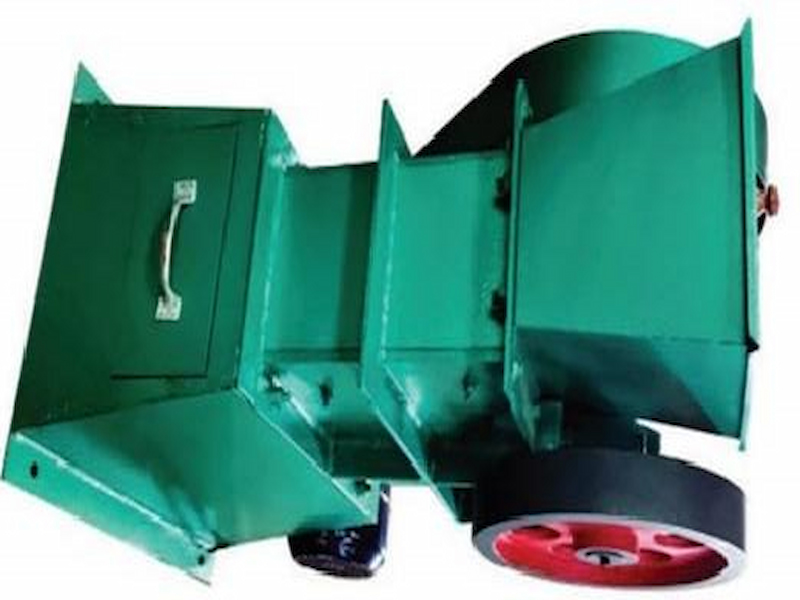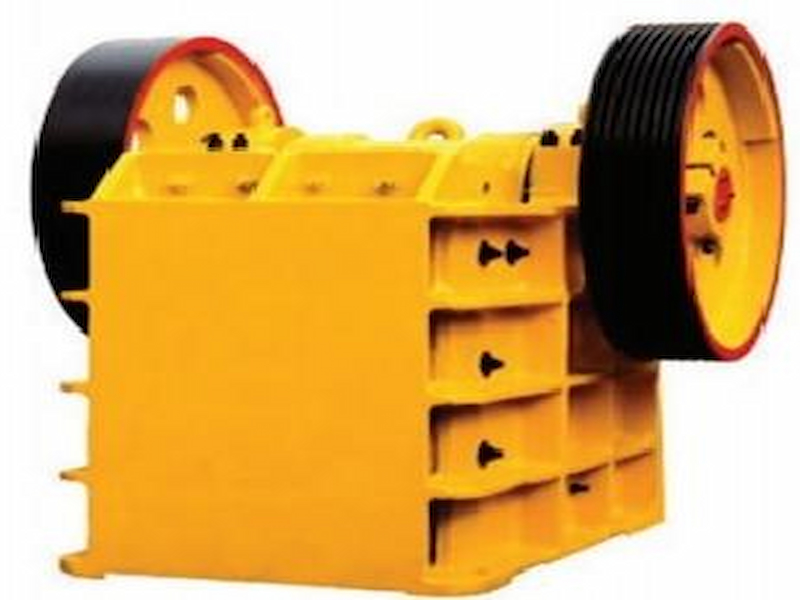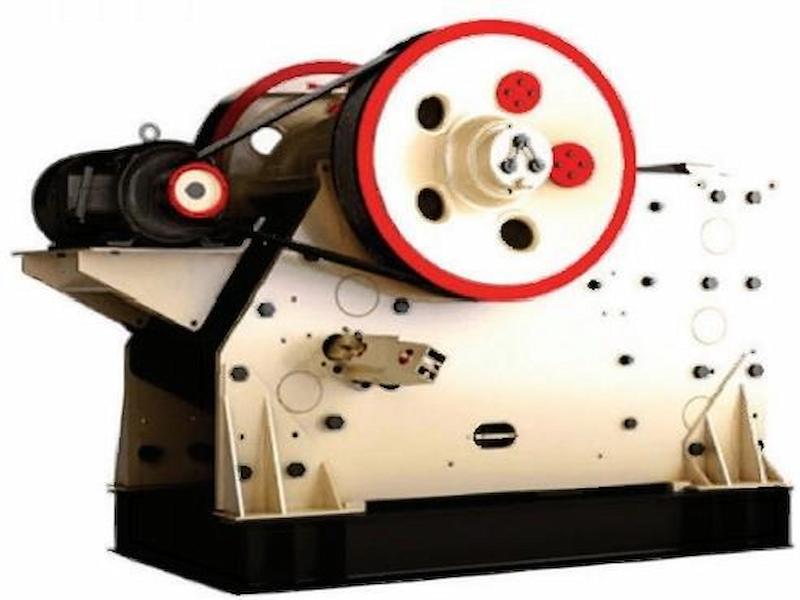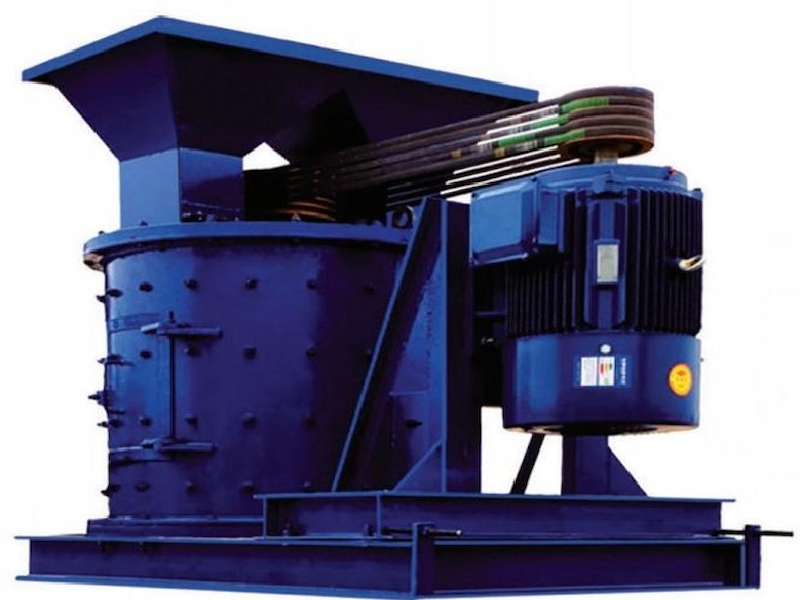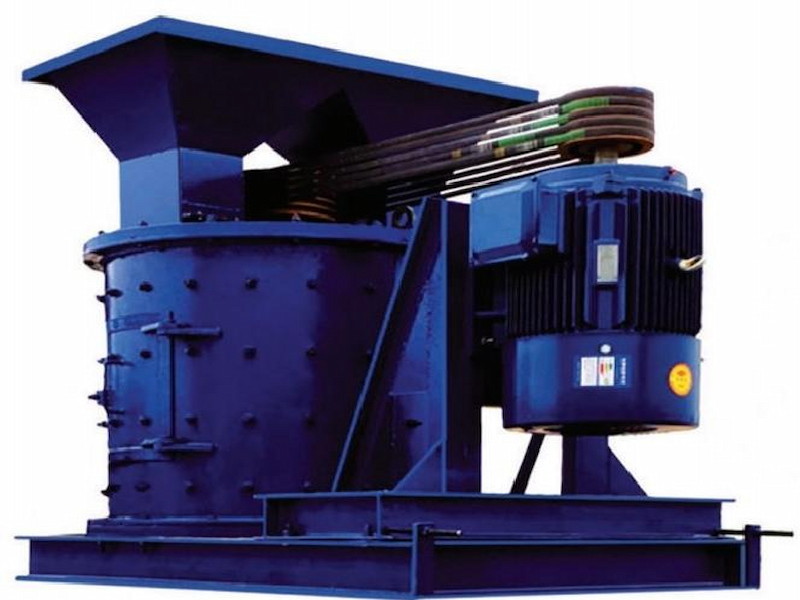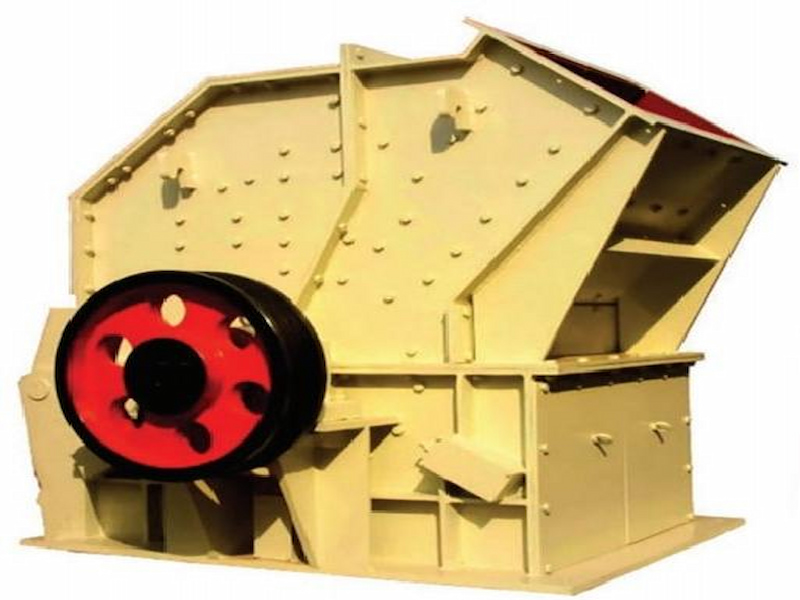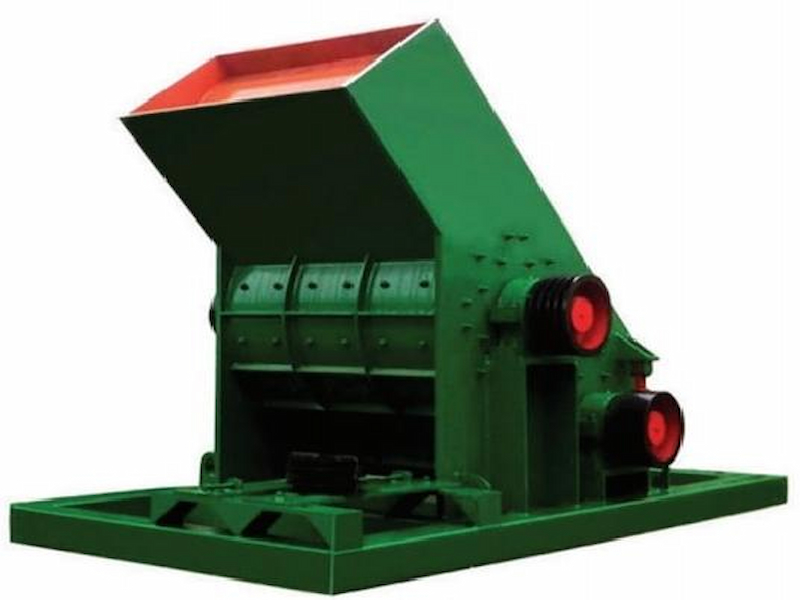CATHAY experimental crusher: the precise choice for laboratory material crushing
1. Combination of multiple principles to achieve fine crushing of small batch materials
CATHAY experimental crusher integrates multiple crushing principles such as impact, extrusion, and shearing. It is designed for small batch materials in the laboratory (single processing volume 5-500g) to meet the crushing needs of materials with different hardness. The core crushing components of the equipment are configured according to the characteristics of the material - when processing brittle materials (such as ore and glass), a high-speed rotating impact hammer and impact plate combination is used. After the material enters the crushing chamber, it is hammered at high speed and crushed under the action of impact force; when processing tough materials (such as plastics and fibers), it is equipped with a shearing blade to cut the material through the relative movement of the blade; when processing materials with higher hardness (such as metals and ceramics), a jaw crushing structure is used to achieve crushing by the extrusion effect of the movable jaw and the fixed jaw. The particle size of the material after crushing can be accurately controlled by adjusting the crushing gap, and the minimum discharge particle size can reach 0.1mm, which meets the strict requirements of experimental analysis on the fineness of the material.
2. Multi-sample adaptation, covering experimental needs in multiple fields
Geology and mining: In the ore composition analysis experiment, the core and ore samples can be crushed, and the large ore can be crushed into uniform particles, which is convenient for subsequent chemical analysis or spectral detection. For example, the crushing of iron ore samples can ensure the uniform distribution of iron elements in the ore, improve the accuracy of the analysis results, and avoid detection errors caused by uneven materials.
Material science: Suitable for crushing experiments of metal materials, polymer materials, and composite materials. In the early stage of metal powder preparation, metal blocks can be crushed into small particles; for polymer materials such as plastics and rubber, they can be crushed into powder for studying the mechanical properties, thermal stability and other characteristics of the materials. The low-pollution design of the equipment ensures that the material composition is not affected.
Environmental monitoring: used for crushing and processing of soil, sludge, and solid waste. In the soil heavy metal detection experiment, the collected soil samples can be crushed and ground to reach the fineness required for analysis (such as 200 mesh), ensuring that the test results can truly reflect the pollutant content in the soil and provide reliable data for environmental assessment.
Food and medicine: The experimental crusher made of food-grade stainless steel can crush food raw materials (such as grains, fruits and vegetables) and Chinese medicinal materials. In the analysis of food nutrients, the sample is crushed into a homogenous slurry to facilitate the extraction of nutrients; in the study of effective ingredients of Chinese medicine, the crushed medicinal materials can improve the extraction efficiency and ensure the experimental effect.
Chemical experiment: For the crushing of chemical raw materials (such as fertilizers, pigments, and resins), the equipment uses corrosion-resistant materials (such as 316 stainless steel) to resist the erosion of chemical substances, ensuring that the materials do not react chemically with the equipment during the crushing process, and ensuring the purity and performance stability of the experimental materials.
3. Performance advantages to ensure efficient and accurate experiments
Uniform crushing particle size: By optimizing the crushing chamber structure and the movement parameters of the crushing components, the material is subjected to uniform force in the crushing chamber. The particle size distribution deviation of the material after crushing is ≤5%, avoiding the occurrence of over-large particles or excessive crushing, and meeting the requirements of the experiment for material consistency.
Convenient and labor-saving operation: equipped with a humanized operation interface and a one-button start design, the crushing time can be precisely controlled by the timer (adjustable from 0 to 60 minutes). The operator only needs to put the material into the feed port and set the parameters to automatically complete the crushing process, reducing the difficulty of operation and improving the efficiency of the experiment.
Silent and environmentally friendly operation: The crushing chamber adopts a sound insulation design, with built-in sound insulation cotton and shock absorption device. The operating noise is less than 65 decibels, which is much lower than traditional laboratory crushing equipment (the noise is usually more than 80 decibels), creating a quiet working environment for the laboratory and reducing the interference of noise to operators.
Easy to clean and maintain: The crushing chamber adopts a detachable design. After the experiment, the crushing parts (such as impact hammer, blade, jaw plate) can be quickly disassembled for easy cleaning and avoid cross contamination between different experimental samples. The surface of the equipment adopts an anti-stick coating to reduce material residues, and the cleaning process is simple and efficient.
4. Structural design, taking into account both safety and durability
Miniaturized design: The equipment is small in size (about 400×300×500mm in length, width and height), occupies a small area, can be easily placed on the laboratory table, does not take up too much space, and is suitable for the compact layout environment of the laboratory.
Multiple safety protections: Equipped with a safety interlock device, the equipment cannot be started when the crushing chamber door is not closed; if the chamber door is opened during operation, the equipment will stop immediately to prevent the operator from contacting the rotating parts and causing injury. The motor is equipped with overload protection. When there are too many crushed materials or jamming occurs, the power supply is automatically cut off to protect the motor from damage.
Strong durability: The crushing parts are made of high-strength materials - the impact hammer is made of high-chromium cast iron (Cr20), the blade is made of high-speed steel (W18Cr4V), and the jaw plate is made of high-manganese steel (ZGMn13), which has good wear resistance and long service life. It can withstand thousands of crushing experiments without damage.
Anti-pollution design: All parts in contact with materials are made of inert materials (such as food-grade stainless steel and ceramics), which do not react with materials and have smooth surfaces to reduce material adsorption, ensure the purity of experimental materials, and avoid the accuracy of experimental results affected by equipment contamination.
5. CATHAY brand guarantee, help experimental research
CATHAY experimental crusher strictly follows the precision standards of laboratory equipment from research and development to production. Each device undergoes multiple batches of crushing tests of different materials before leaving the factory to ensure uniform crushing particle size and stable operation. The professional technical team can recommend the most suitable crusher model and accessories (such as crushing parts and screening devices of different materials) according to the customer's experimental needs (such as material type, crushing particle size, and processing volume); provide detailed operation manuals and video tutorials to guide operators to use the equipment correctly; after the equipment is put into use, the 7×24-hour after-sales hotline responds at any time to provide fault diagnosis, repair and maintenance services, and key components are guaranteed for 1 year, allowing scientific researchers to focus on experimental research without worrying about equipment.

Table parameters
|
型号 Model
|
进料粒度(mm) Feed size
|
出料粒度(mm) Discharge size
|
处理量(kg/h) Capacity
|
功率(kw)
Power
|
主轴转速 外形尺寸(mm)
Spindle speed Overall dimension
|
机重量(kg) Weight
|
|
PE-100×60
|
<50
|
1-6(可调)
|
100-200
|
1.5
|
650
|
950×470×520
|
120
|
|
PE-100×100
|
<60
|
1-13(可调)
|
200-300
|
3
|
500
|
1150×450×860
|
250
|
|
PE-100×125
|
<100
|
1-13(可调)
|
200-500
|
3
|
500
|
1150×450×860
|
250
|
|
PE-125×150
|
<120
|
1-30(可调)
|
500-1000
|
3
|
500
|
1150×450×860
|
280
|
|
PE-150×250
|
<150
|
10-40(可调)
|
1000-3000
|
5.5
|
500
|
1150×450×860
|
600
|





